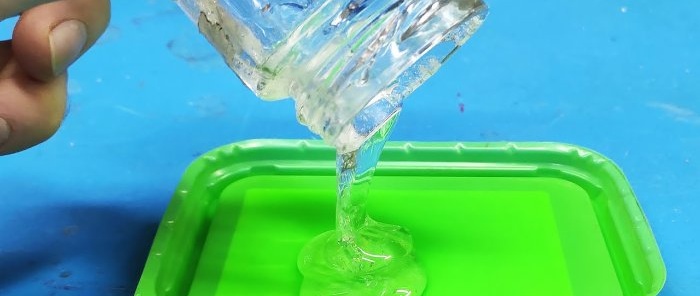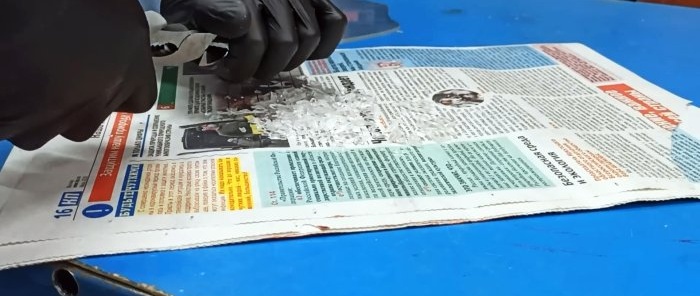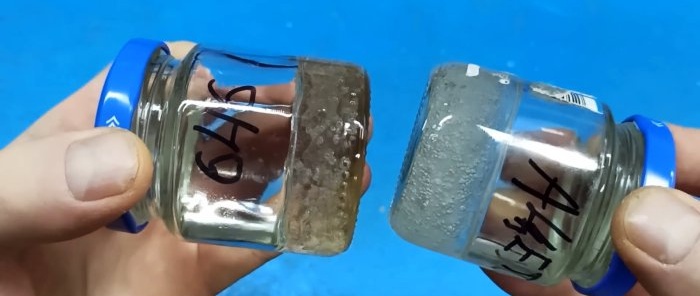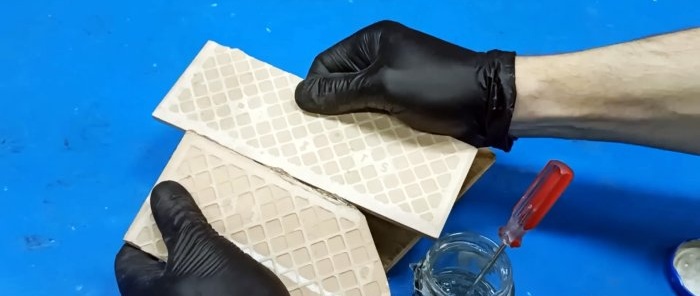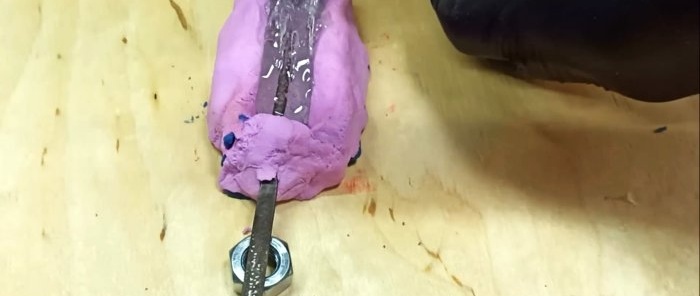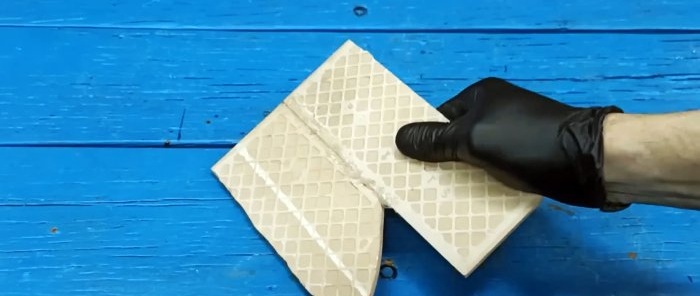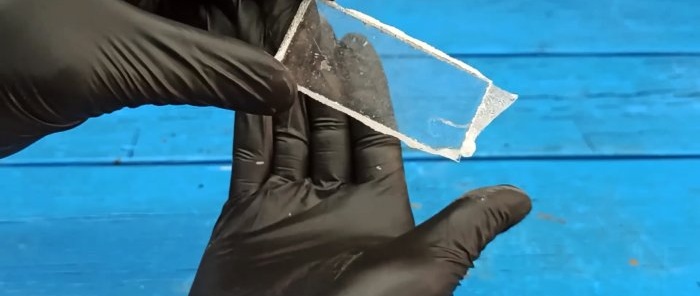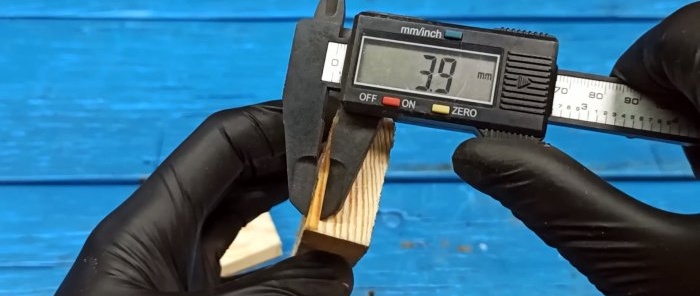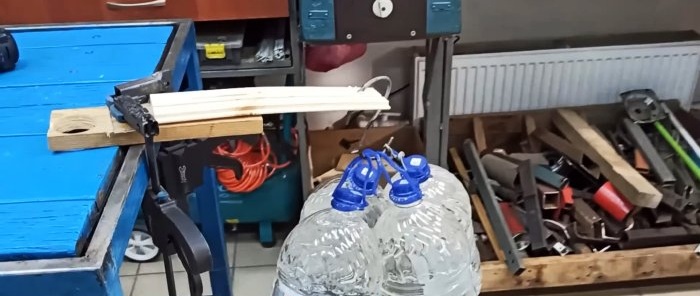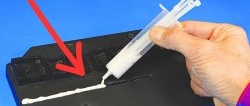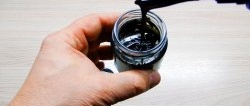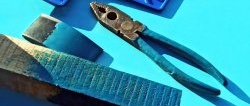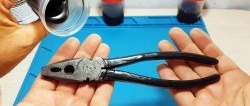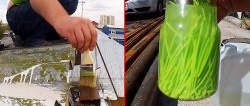It’s easy to make liquid plastic with your own hands and use it as an excellent superglue, make plastic parts, or use it to repair worn-out or damaged plastic items.
How to make liquid plastic
To do this, you will need 2 glass jars with lids and the rest of the plexiglass, which we chop using wire cutters.
On one jar we write “solvent 646”, and on the other - “acetone”.
We divide the plexiglass fines equally between glass jars and fill them, according to the inscriptions, with solvent 646 and acetone just above the middle. Close the lids tightly and leave for two days. During this time, the plastic in acetone was completely dissolved, and some bubbles were visible in solvent 646.
Stir the contents of the jars and test them in action. A solution of plastic in acetone is comparable in consistency to fresh honey. The plastic in solvent 646 consists of a liquid part and a fragment with a consistency comparable to plasticine, i.e. complete dissolution has not yet occurred. Therefore, we will leave the jar with solvent 646 for another two days.
We will experiment with plastic dissolved in acetone.We glue 2 metal corners, pieces of plexiglass end-to-end and flat. We also apply the composition in a thin layer to a wooden block in order to determine its durability, degree of impregnation and protection from mechanical damage.
The next experiment involves making a handle for a needle file using plasticine as a mold. Next, we glue 2 wooden blocks together and plexiglass to the wood, squeezing them with clamps. We are also trying end gluing of ceramic products.
We check the results after 2 hours. The bonding strength of ceramics is quite high, but it cannot withstand the efforts of an adult’s hands.
Flat and end gluing of plexiglass turned out to be very strong, because 2 pieces turned into a monolith.
The protection of the wood surface turned out to be quite reliable. If a screwdriver leaves marks on an unprotected wood surface, it does not on a coated surface. We saw the block and make sure that the glue penetrated to a depth of 3.5-4 mm, which is not bad.
We test the bonding strength of metal corners. We load them with a static load in the form of plastic five-liter bottles of water. When hanging one container, the corner bends, but the glue holds. Hanging a second bottle causes the adhesive joint to break. However, a careful inspection shows that the glue has not yet completely dried. Probably, with exposure of 5-6 hours, the bonding strength of the metal would increase significantly.
We also check the bonding strength of wooden blocks by loading them with five-liter eggplants filled with water. Our adhesive joint withstood a load of 20 kg. The additional load with hand force led to the breakage of one bar, but the adhesive joint was not damaged.
The handle of the needle file turned out to be durable and comfortable when used for its intended purpose.So, a solution of plastic in acetone is not only an excellent adhesive for many materials, but also a means for casting plastic parts.
